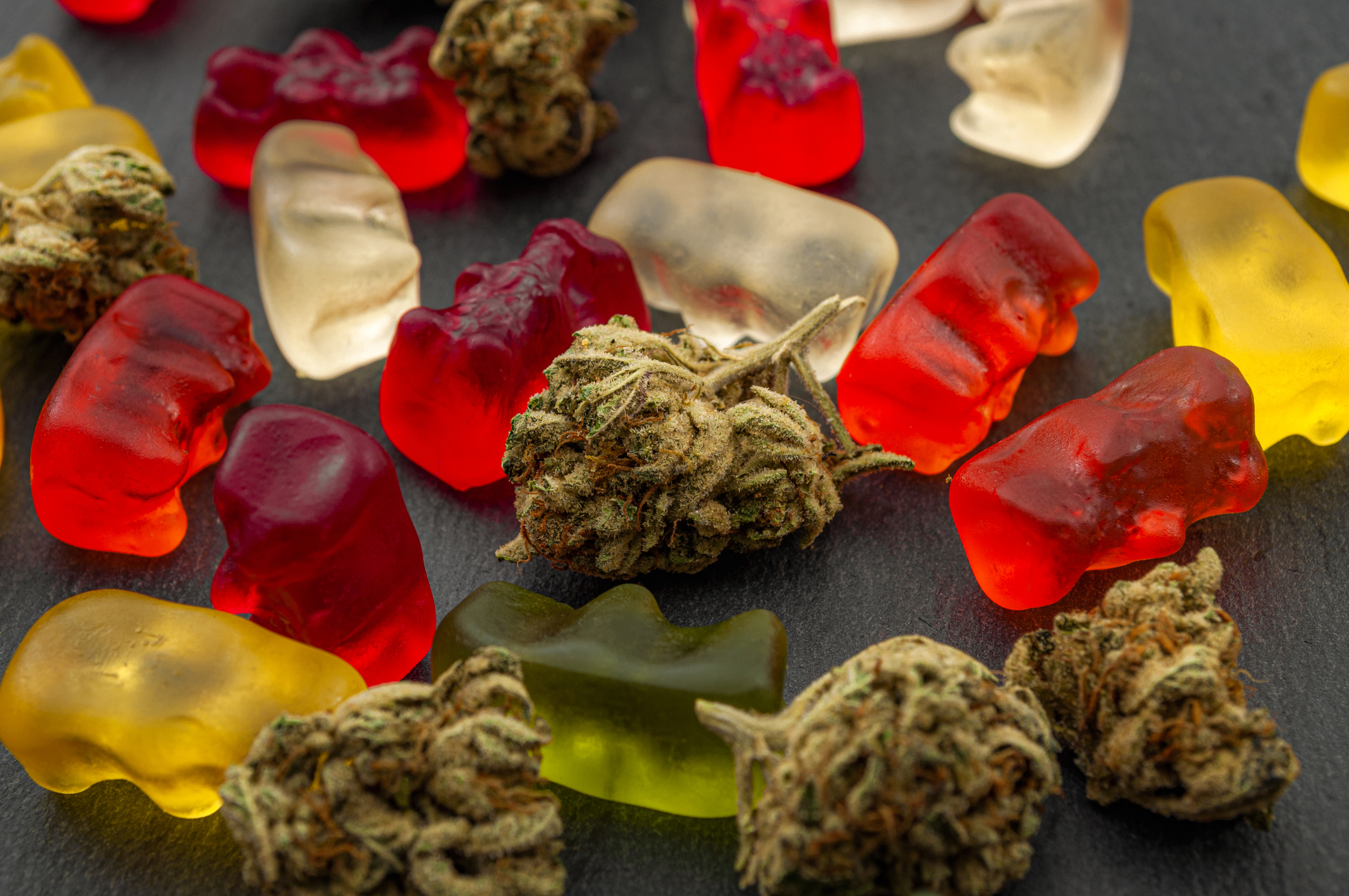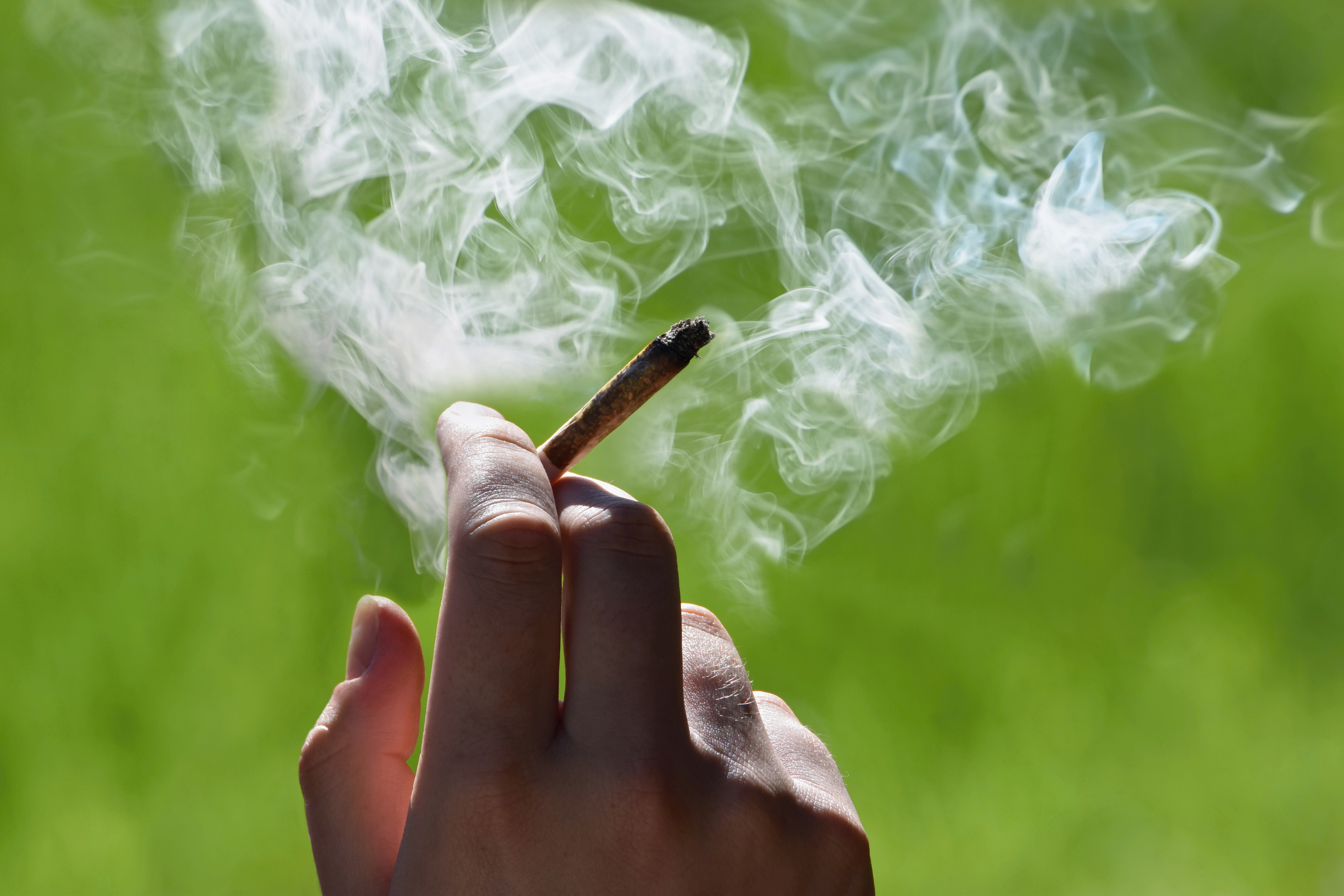

Marijuana refers to the dried leaves, flowers, stems, and seeds from the Cannabis sativa or Cannabis indica plant. Marijuana is a psychoactive drug that contains close to 500 chemicals, including THC, a mind-altering compound that causes harmful health effects.
People smoke marijuana in hand-rolled cigarettes, in pipes or water pipes, in blunts, and by using vaporizers that pull THC from the marijuana. Marijuana can also be mixed in food (edibles), such as brownies, cookies, and candy, or brewed as a tea. People also smoke or eat different forms of marijuana extracts, which deliver a large amount of THC and can be potentially more dangerous.
Marijuana is the most commonly used illegal substance in the U.S. and its use is growing. At the same time, the perception of how harmful marijuana use can be is declining. Increasingly, young people today do not consider marijuana use a risky behavior.
But there are real risks for people who use marijuana, especially youth and young adults, and women who are pregnant or nursing. Today’s marijuana is stronger than ever before. People can and do become addicted to marijuana.
Approximately 1 in 10 people who use marijuana will become addicted. When they start before age 18, the rate of addiction rises to 1 in 6.
Studies link marijuana use to depression, anxiety, suicide planning, and psychotic episodes. Using marijuana can affect performance and how well people do in life. Research shows that people who use marijuana are more likely to have relationship problems, worse educational outcomes, lower career achievement, and reduced life satisfaction.
Certain synthetic versions of cannabis have been linked to overdoses. To learn more about the risk of different types of cannabis and cannabis products, you can learn more with the PDFs below.
*Source material from SAMHSA






